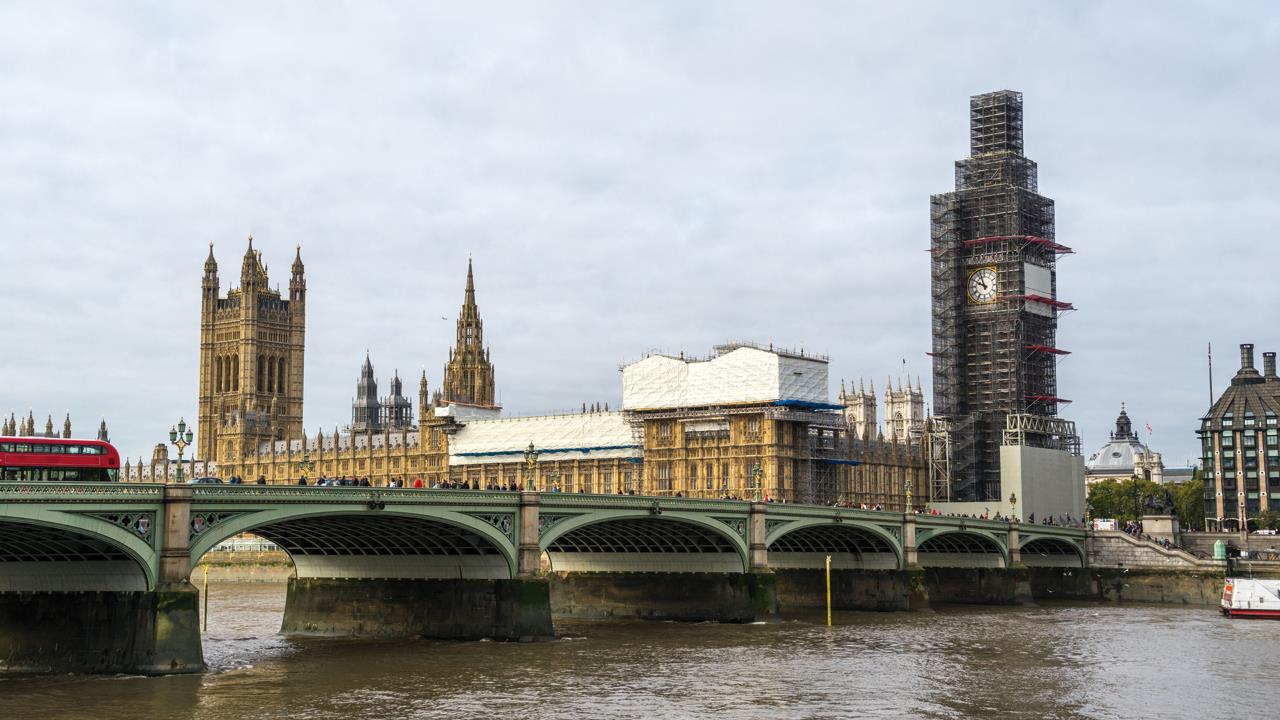


Where next for Boiler Plus? Well, that may actually be the wrong question to ask, explains Colin Timmins, H&V Portfolio Manager at BEAMA.
For one thing, the government has been quite consistent in saying that its planned review of Boiler Plus this year will only look at how successful the implementation of the existing policy has been, and that there are no plans for a second phase.
For another, Boiler Plus isn’t itself a regulation, but was the name given for a set of policy proposals that were consulted on in 2016. This consultation resulted in some amendments to the Domestic Building Services Compliance Guide (DBSCG) in 2018 that additional types of controls (or flue gas heat recovery) are required when a combi boiler is replaced in an existing property.
So, while it’s necessary to think about how we can drive the installation of more efficient heating systems in the coming years, we really need to think about the current policies and regulations that are in play and how these can be shaped to focus on heating.
The immediate priority is to think about Part L of the Building Regulations, which is out for consultation later this year and will come into force in 2020. The DBSCG mentioned above falls under Part L, so there is the opportunity to look at extending the Boiler Plus amendments into new buildings and system boilers within the guidance.
However, there is also the chance to think about controls for other technologies, such as heat pumps and underfloor heating. It will also be timely to make sure that future technologies, such as hybrids and hydrogen boilers, are considered to avoid any ambiguity.
The review of Part L is expected to implement the requirements from the Energy Performance of Buildings Directive to install individual room temperature controls, such as TRVs, whenever a boiler is replaced.
This was something considered in the Boiler Plus consultation but not implemented, so already represents progress towards ensuring that all heating systems operate efficiently, and moves us beyond the original proposals.
The overall aim should be to use this review to think about what needs to be in place to ensure that any heating systems installed or upgraded during the period covered by the 2020 Building Regulations are as efficient as possible. It might also be appropriate to think about widening the legal requirements to be a bit more prescriptive.
For example, the current requirement stated in the Approved Document that systems should “have effective controls” could be expanded for heating systems to “have effective controls to ensure the heating appliance operates efficiently, optimise use of any low carbon fuel source, and distribute heat only when and where it is needed”.
Another legal requirement within the Approved Document is for systems to be “commissioned by testing and adjusting as necessary to ensure they use no more fuel and power than is reasonable”.
From the perspective of wet heating systems, this means that the system should be subject to hydraulic balancing. It’s probably not best understood that this is a mandatory requirement and, even in the Boiler Plus policy proposals, balancing was only referred to as “expected practice” and noted that “consumers should expect their installer to undertake this”.
There is clearly a need to make sure that all parts of the industry recognise this as a legal requirement for any newly installed heating system, or for a heating system on which upgrading work is done. Alongside this, there needs to be a clearly defined process for balancing, and training to make sure that all installers are comfortable with the process that needs to be undertaken to commission the system properly.
It is clearly true that installation best practice is a fundamental element in the transition towards better performing heating systems and eventually low carbon heat technology. Without training and development of new skills, it will be extremely difficult for existing installers to feel comfortable adopting new practices and technologies, even more so if it is not clear what the benefits of these technologies are to both installers and their customers.
It is time to look beyond Boiler Plus and towards the review of Part L of the Building Regulations, when we can move the gains generated by Boiler Plus further.
If you'd like to keep up-to-date with the latest developments in the heating and plumbing industry, why not subscribe to our weekly newsletters? Just click the button below and you can ensure all the latest industry news and new product information lands in your inbox every week.